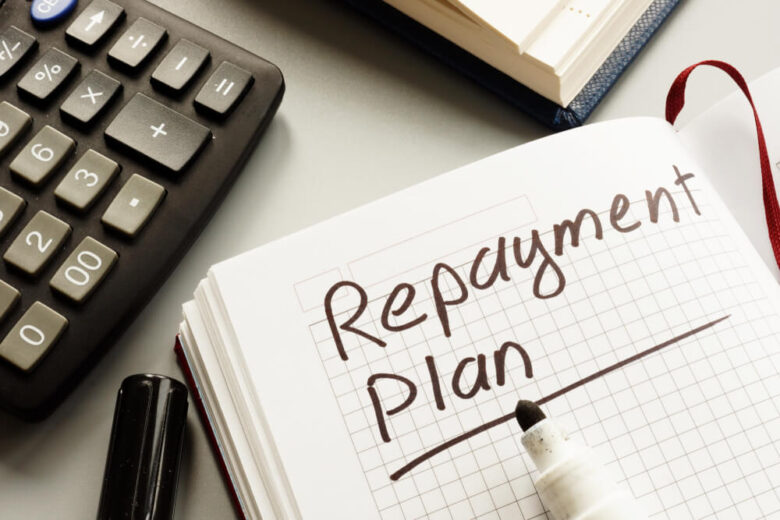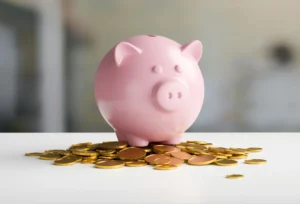The right repayment plan can help you turn financial stress into a clear, actionable path, even when debt seems overwhelming. A structured repayment plan can help you regain control without feeling overwhelmed by breaking large debts into smaller, more manageable steps. Whether you’re dealing with medical bills, student loans, or credit card debt, a methodical strategy can accelerate the process and reduce stress. It’s crucial to choose a strategy that fits your financial goals, lifestyle, and budget. From the familiar snowball and avalanche techniques to personalized debt management plans, there’s a plan for every situation. Making one payment at a time can help you transform debt from a burden into a manageable issue if you know your options.
Understanding Structured Repayment Plans:
A structured repayment plan is a systematic strategy designed to reduce your debt effectively. Instead of making random payments, these plans follow a predetermined schedule. The lender can prioritize higher-interest loans or use short-term success as an incentive. And the best part? You can customize them to suit different financial situations, enabling even those with limited financial resources to thrive.
Snowball Debt:
Financial guru Dave Ramsey popularized the “snowball” method of paying off debt. It emphasizes paying off small debts first, then making minimal payments on larger debts. Once the smallest debt is paid off, the payment amount is rolled over to the next smallest balance. This strategy creates quick wins and builds momentum and motivation. Despite the relatively small interest savings, the psychological benefits motivate many individuals to persist with their payments.
Avalanche Debt Act:
For those who want to minimize interest payments, the debt avalanche method is a better option. This approach maintains minimum payments on other debts while focusing on the loans with the highest interest rates first. Paying off high-interest debts faster reduces the total amount repaid. While it will take some time, as progress seems to be slower, the long-term financial benefits make it a powerful tool for conscientious payers.
Debt Consolidation Loans:
Debt consolidation involves consolidating multiple debts into one loan, ideally with a lower interest rate. The process makes repayment more manageable, as payments are streamlined and monthly expenses may be lower. When paying off accumulated loans, avoid taking on new debt; otherwise, the cycle will continue. Even borrowers with excellent credit may consider a secured loan or a credit union. However, borrowers with excellent credit may qualify for the highest interest rates.
Debt Management Plan (DMP):
Debt management programs (DMPs) are typically offered by nonprofit lending organizations. They are designed to negotiate lower interest rates and arrange payments with creditors. The organization pays the money to the lenders after receiving monthly payments from the participants. DMPs are ideal for people who want to commit to a long-term plan, as they typically last three to five years and require the use of credit cards. While they are not a panacea, they do offer a simple, stress-free way to get out of debt.
Balance Transfer Credit Cards:
For high-interest credit card debt, a balance transfer card with an initial 0% annual percentage rate (APR) can be a smart choice. Borrowers can make 12 to 21 months of interest-free payments by transferring their existing balance to a new card. To avoid high interest rates, it is crucial to pay off your loan before the promotional period ends. People are best suited for this approach if they can afford to pay aggressively and avoid further credit card charges.
Customize Your Repayment Plan:
There is no universal solution. Many variables come into play, including income, total debt, interest rates, and personal motivations. Some people use a combination of strategies, such as consolidating high-interest loans and snowballing modest debts. Others adjust their plans as their financial circumstances change. Even though progress may seem slow at first, the most important step is to get started and stay consistent.
Conclusion:
Structured repayment plans provide a debt-free alternative. Whether you choose debt consolidation, the avalanche method to save interest, or the snowball method for quick profits, with the right approach, progress becomes measurable. It’s crucial to choose and stick to a strategy that works for your spending habits. Small, regular payments add up over time and make goals that seemed impossible at first seem achievable. Financial independence is achievable with the right resources and dedication. Take the first step toward a debt-free future today.
FAQs:
1. What is the most economical way to pay off debt?
Because the debt avalanche method prioritizes high-interest debt, you will save the most money on interest. A snowball effect may work better for people who need to see results right away to stay motivated.
2. Will consolidating my debt affect my credit score?
When you apply for a new loan, your credit score may drop slightly initially, but by making regular payments, you can improve your credit score over time. Don’t miss payments, as the absence can lead to greater losses.
3. Can I negotiate a better deal myself?
To get a lower interest rate or a lower settlement, many creditors negotiate directly with the debtor. However, nonprofit credit counselors can often negotiate better terms.
4. How long does it take to pay off the debt?
The amount owed, the method of repayment, and your monthly income all play a role. Typically, a planned program lasts two to seven years.
5. Should I stop saving once I pay off my debt?
Not quite. To avoid taking on additional loans to cover unforeseen needs, experts recommend keeping a small emergency fund, even if it’s only $1,000, while you pay off your debt.




